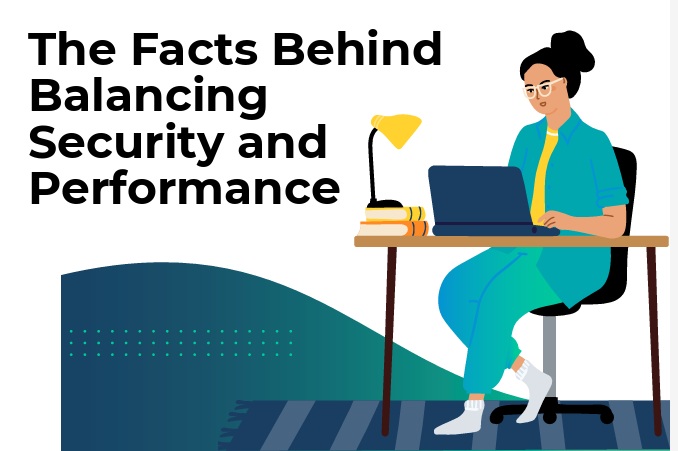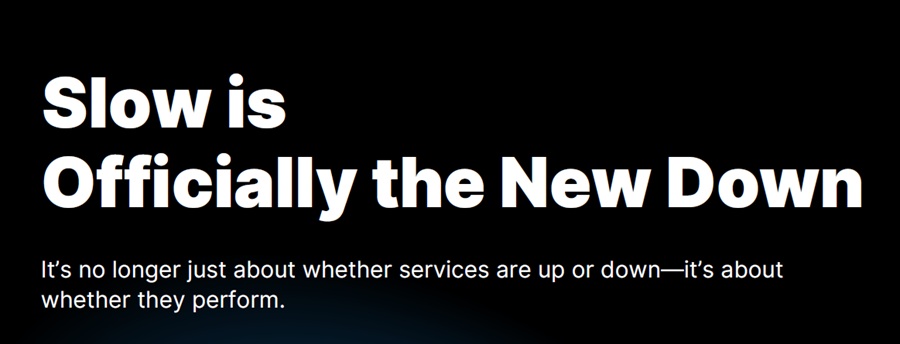
E-commerce is set to skyrocket with a 9% rise over the next few years. Retailers must stay digitally agile throughout the year and especially during the high stakes Cyber 5 shopping (more commonly known as the frenzy between Thanksgiving and Cyber Monday). And the numbers don't lie. Black Friday 2024 saw an outstanding $10.8 billion in online spending, a notable 10% growth from 2023.
To thrive in this competitive environment, retailers must identify digital resilience as their top priority. In a world where savvy shoppers expect 24/7 access to online deals and experiences, any unexpected downtime to digital services can lead to significant financial losses, damage to brand reputation, abandoned carts with designer shoes, and additional issues. According to Splunk's 2024 Hidden Costs of Downtime Report, downtime costs the retail industry as much as $287 million per year.
Therefore, to stay in style, retailers need advanced strategies to achieve operational alignment and foster a culture of digital resilience (and hopefully couture level profits).
The Impact of Downtime to Customer Trust
The rise of online shopping has expanded the peak season from November through January, with promotions starting earlier and lasting longer. That means deals start earlier, last longer, and shoppers expect more. For US retailers, the window between Thanksgiving and Christmas is a race against time, with five less days between the holidays and intense competition.
Fighting for every sale, applications and digital services such as self-serve kiosks, chatbots, AI-powered shopping suggestions play a vital role in shaping the customer experience. With consumers spending billions, any downtime could result in massive financial losses and erode customer trust. A few seconds delay can increase abandonment rates, while a complete website crash can lead to immediate revenue loss and long-term reputational damage. Talk about a serious style faux pas.
Downtime doesn't just drain sales, it can also crash stock prices by an average of 2.5% and knock a brand off its search engine pedestal. Research shows it can take up to 60 days to rebuild brand health and 75 days for revenue to recover; jeopardizing brand reputation and customer loyalty.
As a result, the pressure on retailers to deliver fast, reliable, and disruption free experiences during these critical periods has never been higher.
How Retailers Can Build Digital Resiliency
As the stakes continue to rise, the key to thriving in this high-pressure environment lies in preparation. To prevent downtime and deliver seamless experiences, retailers must prioritize resilience well ahead of peak shopping periods. Regularly testing system scalability and addressing vulnerabilities enable businesses to handle surges in traffic without compromising performance.
However, without the right tools to monitor and analyze customer experience alongside back-end performance, teams risk delays in identifying and resolving issues. That's where observability becomes a critical component of digital resilience.
Observability empowers teams to uncover and resolve issues, even the ones no one sees coming. Take the story of a major retailer during a peak shopping period, a time when every second counts. Suddenly, checkout failures began to spike, leaving the team scrambling for answers. No alerts were triggered, and the usual suspects like application logs and infrastructure health revealed nothing unusual.
That's when they turned to observability. Real-time tracing and metrics correlation quickly unraveled the mystery: a misconfigured SSL certificate on a third-party payment API was causing intermittent timeouts. Armed with data, the team acted quickly, coordinating with the provider to fix the issue and deploying a failover mechanism to ensure uninterrupted service. Thanks to their observability practice, they avoided a potential crisis, keeping their operations smooth and their customers happy.
Practicing Digital Resilience in 2025 and Beyond
The countdown to the next peak holiday season has begun, and now is the time to turn digital resilience into a competitive advantage. Establishing a strong observability practice, combined with collaboration across security, ITOps, and engineering teams, is no longer optional; it's essential.
Moving forward, resolving issues in the moment won't be enough. Retailers must proactively prepare for peak times to avoid disruptions altogether. By implementing the right technology, rigorously stress-testing systems ahead of traffic surges, and ensuring end-to-end visibility across their tech stack, businesses can better anticipate shopper demands and avoid the costly consequences of downtime and investigations.
Just like wearing the wrong shoes, neglecting digital resilience can leave your business limping through the most critical moments. Step up your game because when it comes to peak performance, there is no room for blisters.



